Log in or create new account to save this product to your wishlist.
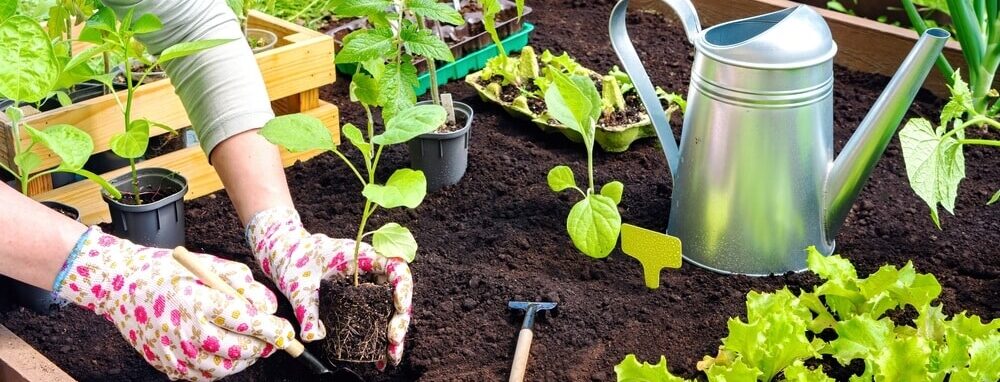
How & When to Fertilise the Vegetable Garden
Want to be sure of a successful harvest? Discover the best ways to fertilise your vegetable garden and maximise the yield.
If you want to know everything about fertilising your vegetable garden, you’ve landed on the right page! We explain why you should fertilise a vegetable garden and look at different types of fertilisers and their applications. We also discuss when and how often fertilisation is most effective.
Additionally, you’ll get tips on how best to fertilise your vegetable garden, taking into account the needs of specific crops and the various stages of growth.
Whether you’re an experienced gardener or just starting your first vegetable garden, this guide provides valuable insights and practical tips to improve the nutrition and health of your soil, aiming for an astonishingly rich yield.
Fertilising your vegetable garden
A lush, productive vegetable garden begins with the basics: healthy, nutritious soil. The key to achieving this is effective fertilisation of the vegetable garden.
Proper fertilisation not only provides the soil with necessary nutrients such as nitrogen, phosphorus, and potassium but also improves the structure and acidity of the soil, benefiting the health and strength of your crops.
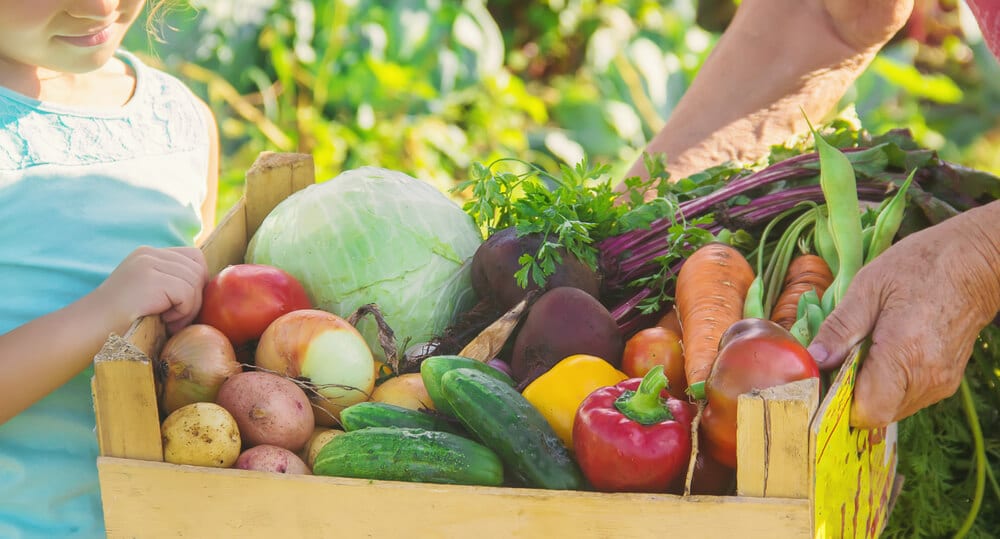
Why fertilise your vegetable garden?
Vegetable garden fertiliser plays a crucial role in the health and productivity of your garden. Plants in your vegetable garden need to perform and produce fruits within a relatively short period. Essential nutrients are drawn from the soil in the process.
It’s vital that these nutrients, such as nitrogen, phosphorus, and potassium, are regularly replenished to prevent soil depletion and support the growth and health of the plants. Here’s why fertilising your vegetable garden is important:
Replenishing nutrients
As plants grow and produce fruits, they extract nutrients from the soil that are essential for their development. Without fertilisation, these nutrients can become depleted, leading to less fertile soil and ultimately a lower yield.
Optimising soil acidity
The acidity of the soil affects the uptake of nutrients by plants. Too acidic soil can hinder nutrient absorption. Regularly test the soil’s acidity and adjust it as necessary to ensure your plants can effectively absorb nutrients. Applying lime to your garden can easily balance the soil’s acidity.
Stimulating growth and yield
Regular fertilisation stimulates plant growth. This results in stronger plants that can produce more and better fruits, leading to a larger and healthier harvest.
Resistance to diseases and pests
Well-fertilised plants are generally healthier and more resistant to diseases and pests. Nutrients like potassium play a significant role in increasing plant resistance.
By adequately fertilising your vegetable garden, you also contribute to more sustainable gardening. Promoting a rich, natural soil quality minimises the need for chemical pesticides.
Which vegetables and fruits to fertilise?
Healthy soil benefits every vegetable garden (and every plant).
For vegetables, especially those that are heavy feeders with lots of fruits (cucumbers, courgettes, tomatoes) and brassicas (kale, Brussels sprouts) appreciate extra nutrition.
Fruit often needs less fertiliser, but most berries, blackberries, strawberries, cherries, and grapes can benefit from a bit of extra feeding from time to time.
What types of fertilisers are there?
If you want to start your vegetable garden, it’s good to know which nutrients to use. In the world of vegetable garden fertiliser, there are roughly three types of fertilisers you can use: compost, organic fertiliser, and artificial fertiliser. Each of these has its own characteristics and benefits, depending on the needs of your vegetable garden.
Compost
Compost is formed through the natural breakdown process of organic material, such as plant residues and food waste. This material is transformed into a nutrient-rich soil improver that not only provides essential nutrients but also improves soil structure.
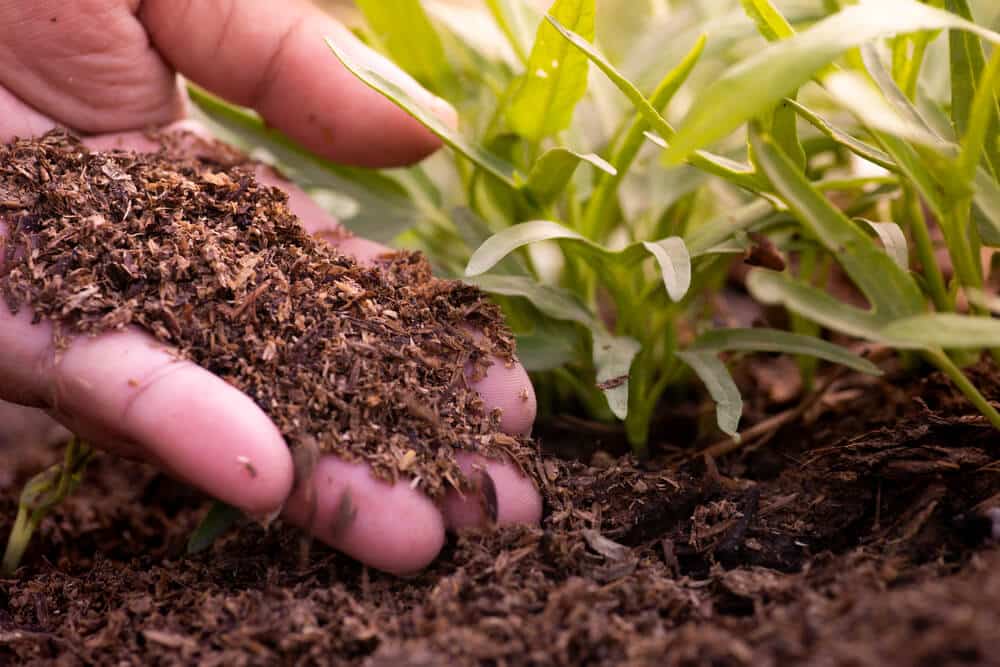
Using compost in your vegetable garden stimulates soil life. This contributes to healthier plant growth and better moisture retention in the soil. It’s particularly useful for improving the structure of both sandy and clay soils, allowing them to retain water and nutrients better.
Organic fertiliser
Organic fertilisers come from natural sources like animal manure (chicken manure, cow manure) and plant materials (green manures). These fertilisers are rich in nutrients and improve soil health in the long term.
They release their nutrients gradually, reducing the risk of nutrient leaching and ensuring stable plant growth. Organic fertilisers also support a lively soil ecosystem, which is essential for healthy soil structure and fertility.
Artificial fertiliser
Artificial fertiliser, also known as mineral fertiliser, consists of synthetically manufactured nutrients that are quickly available to plants. While artificial fertiliser can deliver quick results, such as increased growth and production, it does not positively affect long-term soil health.
Using artificial fertiliser may lead to an excess of nutrients, potentially disrupting the ecosystem. Therefore, we recommend using artificial fertiliser sparingly or not at all and opting for organic alternatives that support soil health whenever possible.
When to fertilise your vegetable garden?
Now that we understand why proper vegetable garden nutrition is essential for a flourishing garden, let’s look at how often you should fertilise your vegetable garden.
Spring and autumn
Ideally, fertilise your vegetable garden twice a year: in the spring and in the autumn. In the spring, around March or April, when the plants awaken from their winter dormancy, they need essential nutrients to grow vigorously. This is also the time when the soil becomes active and can effectively absorb nutrients.
A second fertilisation round in the autumn helps plants store nutrients that they can use throughout the winter. This is crucial for maintaining healthy growth at the start of the next growing season.
Planting and during the growing season
Directly at planting new crops, usually between April and May, it’s advisable to fertilise your vegetable garden. This ensures a strong start and promotes the healthy development of young plants.
During the growing season, with a peak in June or July, a second fertilisation may be necessary, especially for fast-growing crops and plants that draw many nutrients from the soil (this applies to most brassicas).
For specific plants, such as annual crops, it’s even advisable to apply an extra fertilisation in June. Always consider the specific needs of your crops and adjust the fertilisation frequency accordingly. Over-fertilisation can be detrimental and weaken the plants, so it’s important to use the right amount and monitor the condition of your vegetable garden closely.
When to apply manure to the vegetable garden?
If you want to use chicken manure in the vegetable garden or save horse manure for the garden, the best time to use it is in autumn. Manure is quite intense in composition. Rain and wind during autumn and winter help to moderate its intensity.

For the growing period, bone meal or blood meal can also be used as fertiliser. Bone meal contains a lot of nitrogen and phosphorus. Phosphorus promotes flower and fruit formation and ensures well-rooted plants. Thus, it’s also good nutrition if you’ve just planted. Blood meal, on the other hand, is high in nitrogen, which promotes growth.
How to fertilise your vegetable garden?
By following the steps below when fertilising, your vegetable garden can absorb the nutrients as effectively as possible.
Soil preparation
Start by removing weeds and stones. Then dig over the soil and thoroughly mix soil improvers, such as compost and fertilised garden soil, into the top layer. This makes the soil more aerated and enriches it with essential nutrients, which is crucial for good root development.
A layer of 5 to 10 cm of compost, mixed with the top layer of soil, provides your vegetable garden with a rich, nutrient-filled base. It also helps the soil retain moisture better.
Spreading and working in
After preparing the soil, it’s time to apply the fertilisers. Use a special vegetable garden fertiliser and spread it evenly over the soil. Work the fertilisers in superficially with a rake or cultivator. This helps to mix the fertilisers well with the soil and promotes even nutrient absorption by the plants.
Aftercare
After working in the fertilisers, it’s important to maintain the soil well. This includes regular watering and monitoring the growth of your plants.
Keep an eye on the soil moisture and add extra compost if necessary to continue improving the soil structure and maintain a stable nutrient base.
Conclusion
Fertilisation is essential for a healthy, productive vegetable garden. Using compost, organic fertiliser, or artificial fertiliser ensures a constant supply of essential nutrients and creates a sustainable and flourishing garden.
Your efforts will be rewarded with a rich, astonishing yield that you can enjoy season after season!
Happy gardening!
-
Zero-Waste Gardening – This is How You Do It!Did you know that the average person wastes between 100 and 150 kilos of food every year? That's why the concept of zero-waste gardening is becoming increasingly important for environmentally conscious gardeners that like to do their gardening greener.Read more
-
How to Master Tree Pollarding: A Practical GuidePretty dense! What might be an insult to some, is certainly a compliment to trees. Through pollarding, you can make sure, your trees have a dense crown of beautiful leaves.Read more
-
Get Ready: Here are 5 Garden Trends for 2025Curious about the latest garden trends for 2025? From smart solutions to sustainable choices, discover all the outdoor trends that are transforming British gardens!Read more
-
How to Care for Plants in Winter: A Simple GuideWhen winter comes around, the care requirements of your plants change. Find out, how to adjust the care routine for your plants.Read more
-
Companion Planting Made Easy: A Step-by-Step TutorialStrategic plant partnerships can solve common gardening problems like pest invasion and disappointing yields. Find out which plants are great together in our companion planting guide.Read more
-
How to Grow Sweet Potatoes in Your GardenWant to know something splendid? A single sweet potato plant can produce 5 to 10 pounds (4.54 kg) of nutritious tubers—plenty to keep your family’s pantry well-stocked for weeks!Read more
-
Revive Your Lawn After Winter With These Easy StepsTired of winter lawn damage? Discover how to repair brown spots, remove weeds, and revitalise your grass for a thriving garden this spring.Read more
-
A Complete Guide On Lighting for Your House PlantsAchieve perfect lighting for houseplants! This guide covers light mapping, plant placement, and grow light tips to help your plants flourish indoors.Read more
Leave a comment
Your answer will be displayed on the site and the interested party will be notified by email.
Leave a comment
Have a question or want to share your experience? Leave us a comment.

- Order by 2PM = shipped today
- 250.000+ satisfied customers!
- 60 day satisfaction guarantee

- Order by 2PM = shipped today
- 250.000+ satisfied customers!
- 60 day satisfaction guarantee

🌱 All important maintenance moments for your lawn during the year. Leave your email and we will send you the lawn calendar for free.
Enter your email
Receive the lawn calendar in the mail
Enjoy a green lawn all year round!


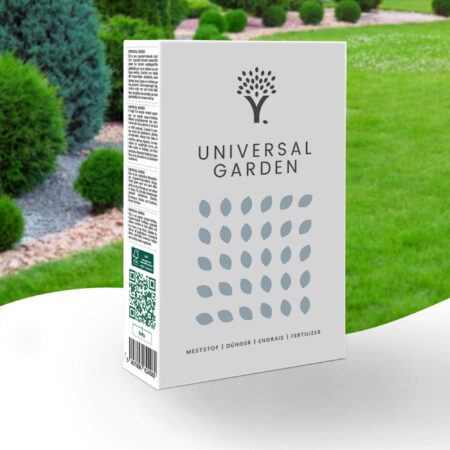


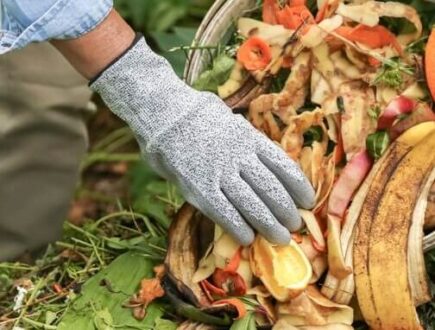

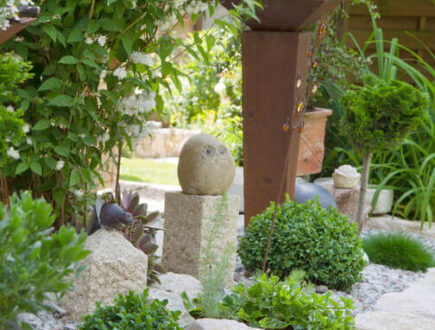
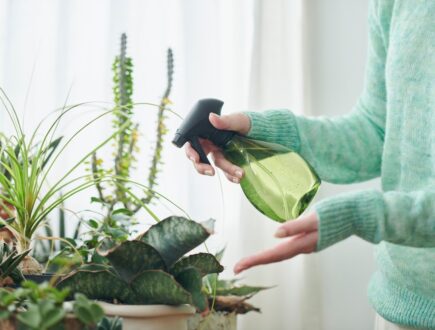
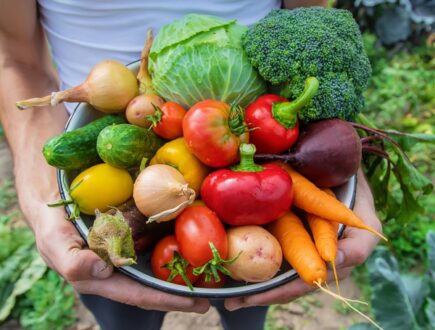
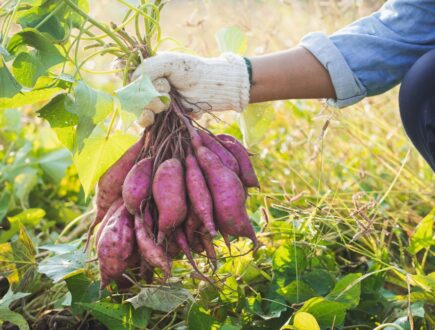
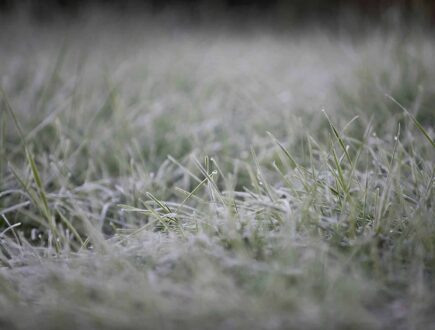
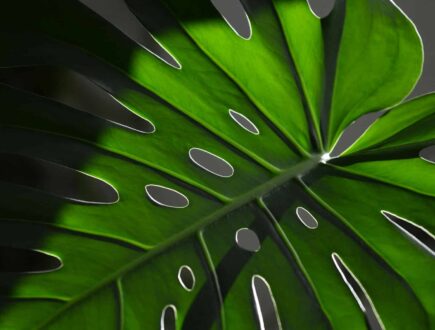


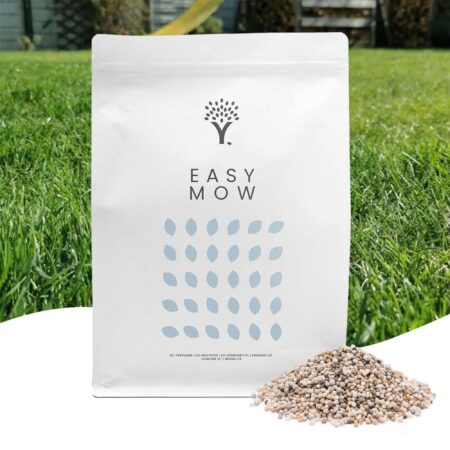
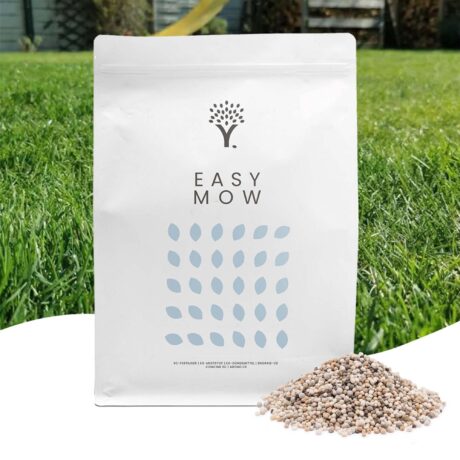





Comments (0)
There are no comments yet. Well then, what are you waiting for to
Be the first to write your comment!inaugurate this pretty page?
Do you have some comments?